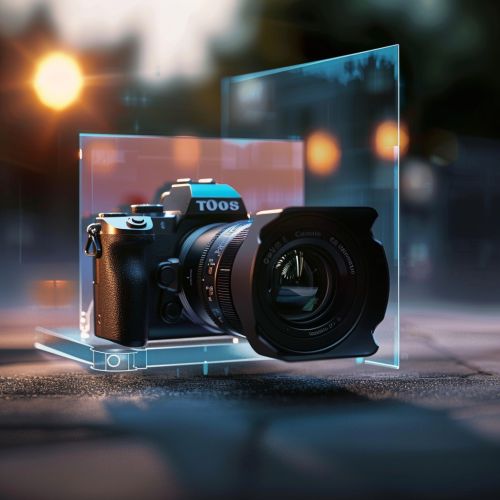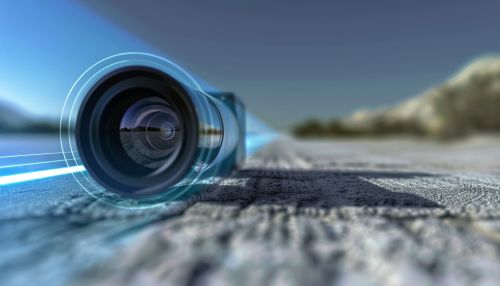Time-of-Flight
Introduction
Time-of-flight (ToF) is a term that refers to the measurement of the time taken by an object, particle, or wave to travel a certain distance through a medium. This method is used in a wide range of fields, including physics, particle physics, chemistry, optics, and even in some areas of IT such as Lidar and 3D imaging technologies.
Principle
The basic principle of ToF is quite straightforward: it involves emitting a signal or particle, waiting for it to hit the target and then return, and then measuring the time it takes to complete this round trip. This time is then used to calculate the distance to the target, based on the speed at which the signal or particle travels.
Applications
Physics
In physics, ToF measurements are used in a variety of applications. For example, in particle physics, ToF is used to identify particles in high-energy collisions. By measuring the time it takes for particles to travel from the collision point to a detector, scientists can determine the particles' speeds and, from that, their identities.
Chemistry
In chemistry, ToF is used in mass spectrometry, a technique used to identify the amount and type of chemicals present in a sample. Here, a ToF mass spectrometer uses an electric field to accelerate ions, and then measures the time it takes for them to reach a detector. The time of flight is proportional to the square root of the mass-to-charge ratio of the ion, so by measuring this time, the mass-to-charge ratio can be determined, and hence the identity of the ion.
Optics
In optics, ToF is used in LIDAR (Light Detection and Ranging) systems, which are used for a variety of purposes, including atmospheric research and meteorology, where they are used to measure the distance to clouds, and in autonomous vehicles, where they are used to create a detailed 3D map of the environment.
Information Technology
In the field of IT, ToF is used in 3D imaging technologies. For example, ToF cameras, which are used in some smartphones and tablets, work by emitting a short light pulse, and then measuring the time it takes for the light to return after bouncing off an object. This time is then used to calculate the distance to the object, and by doing this for many points of light, a 3D image of the object can be created.


Advantages and Disadvantages
Like any technology, ToF has its advantages and disadvantages. On the plus side, ToF measurements are very accurate, and the technology is relatively simple to implement. Furthermore, because ToF measurements are based on the speed of light, they are not affected by changes in the medium through which the light travels, such as changes in air pressure or temperature.
On the downside, ToF measurements can be affected by the reflectivity of the target object, and by other factors such as the angle at which the light hits the object. Furthermore, ToF systems can be relatively expensive to implement, particularly in applications such as LIDAR where a high degree of accuracy is required.
Conclusion
Time-of-flight is a versatile and powerful technique that is used in a wide range of fields. Whether it's identifying particles in a high-energy physics experiment, determining the composition of a chemical sample, measuring the distance to clouds, or creating a 3D image of an object, ToF provides a reliable and accurate means of measuring distance and identifying objects.
